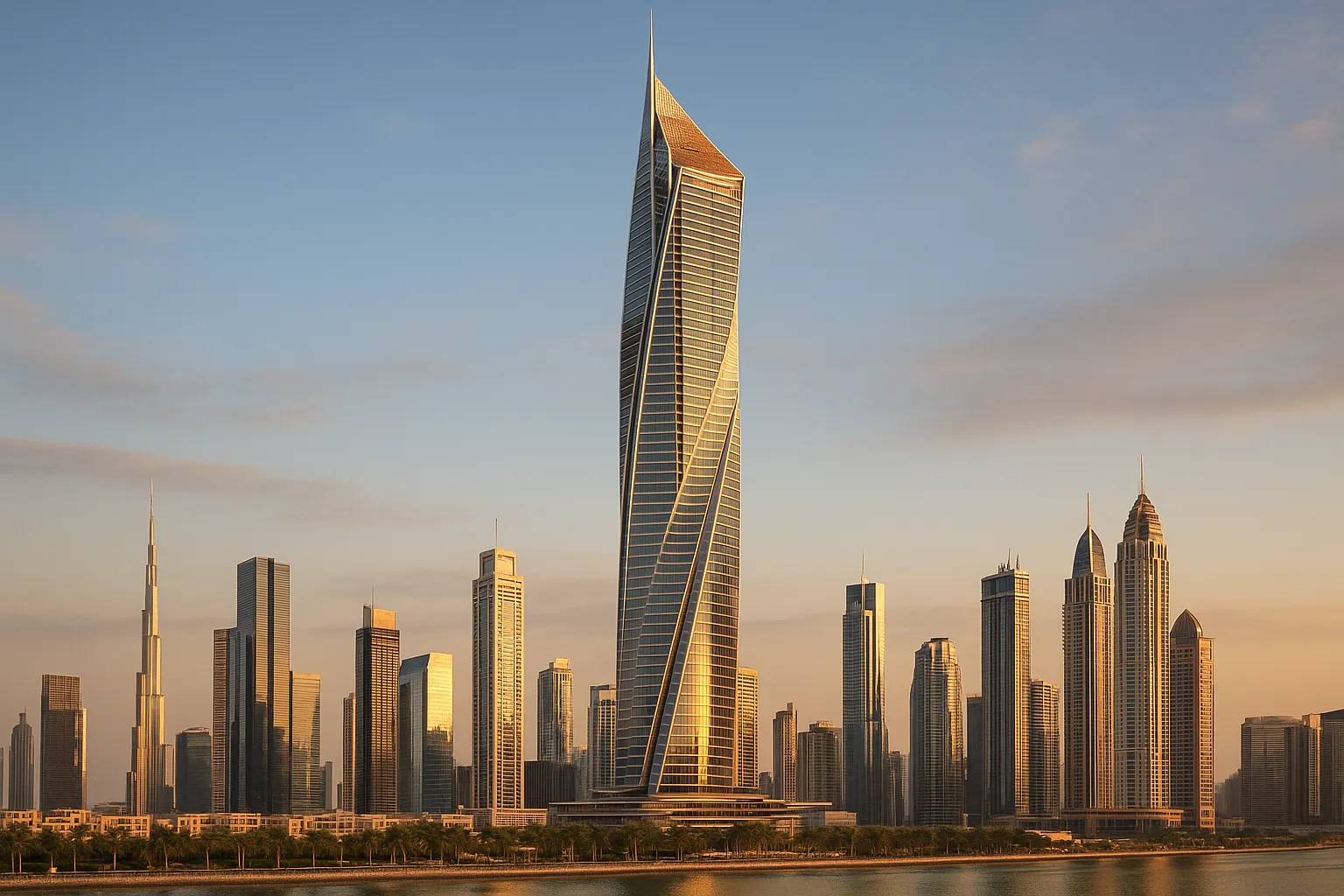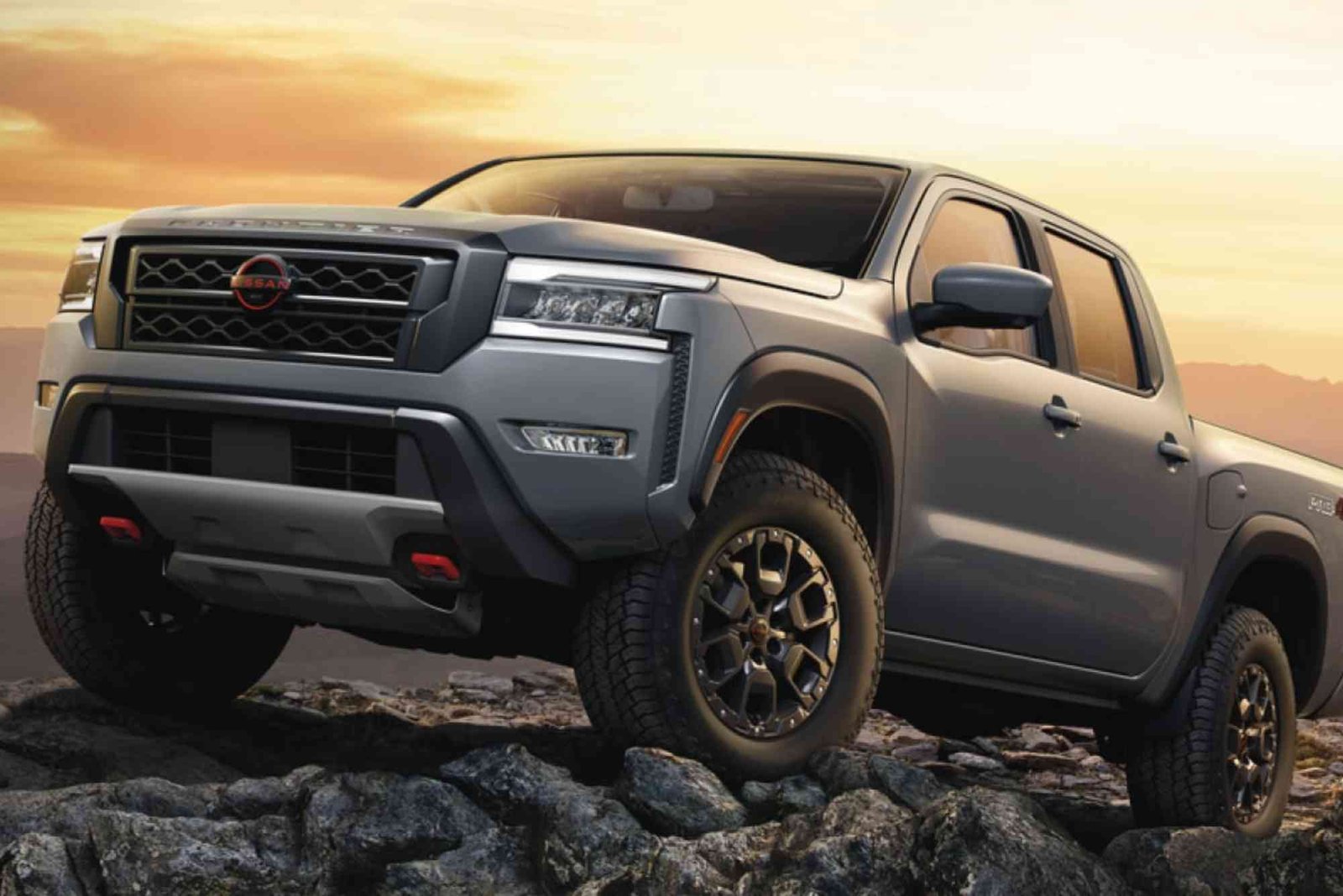Nestled within the gleaming skyline of Dubai, Trump Tower Dubai commands attention with its striking presence and commanding height. As both a luxury residential and hotel mixed-use development, the tower isn’t simply another addition to the cluster of skyscrapers—it represents a statement in architectural ambition. In this article, we’ll explore the design influences, structural innovations, and the stylistic approach that defines Trump Tower Dubai, drawing on expert perspectives and first-hand observations to offer an insider’s view.
Context and Origins of the Design
Dubai’s skyline is a testament to a city that embraces modernity and scale. From the Burj Khalifa’s record-breaking spire to the curving sails of the Burj Al Arab, architects working in this desert metropolis often channel futuristic visions. When the Trump Organization partnered with Nakheel Development on a high-end residential tower in the late 2010s, they faced the challenge of creating a tower that would both complement and stand apart from its neighbors.
The brief called for an iconic silhouette, efficient floor plans, and interiors that exude luxury. To achieve this, the architects turned to a blend of modernist principles and regional considerations—seeking openness, vertical emphasis, and a façade treatment capable of shimmering under the intense Gulf sun.
Defining Features of the Architectural Style
From my visits to the tower’s observation deck and conversations with local design aficionados, it’s clear that Trump Tower Dubai falls within a contemporary high-tech genre infused with subtle references to Art Deco and neo-futurism. The following elements illustrate this fusion:
In its glazing and steel framing, the tower achieves a curtain-wall system reminiscent of high-tech architecture’s love for expressive structure. The extensive use of reflective glass minimizes heat gain, while the sleek metal mullions underscore verticality. The building’s corners taper inwards slightly as they ascend, creating a subtle sense of movement and aerodynamic grace.
Where the tower really stakes its claim as a landmark is in the geometry of its upper volumes. Angled facets catch the sunlight in dynamic ways, producing shifting patterns of light and shadow across the glass skin. This sculptural quality links back to Art Deco’s fascination with stepped forms and angular ornamentation, yet it’s entirely reinterpreted through modern materials and engineering.
Integration of “Trump Tower Dubai”
Visitors seeking detailed project information can explore Trump Tower Dubai here, where floorplans, amenities, and architectural renderings are showcased. By placing the link in this context, readers gain direct access to the developer’s official resources without breaking the narrative flow.
Structural Innovations and Sustainability
Beyond its aesthetic, Trump Tower Dubai embraces structural innovations that address the region’s climatic and seismic requirements. The core employs high-strength concrete paired with a peripheral steel frame, delivering both stiffness against lateral loads and flexibility for luxury amenities like double-height lobby spaces.
Sustainability was woven into the design from the outset. Alongside high-performance glazing, shading fins are strategically oriented to reduce solar exposure on east- and west-facing elevations. The mechanical systems incorporate energy-recovery ventilators and variable-speed drives, ensuring that the tower’s environmental footprint remains as modest as possible given its size.
Interior Ambience and Spatial Experience
Stepping inside the lobby, one immediately senses the dialogue between architecture and interior design. Light pours into the grand atrium through a skylight that mirrors the tower’s angular exterior. Polished marble floors reflect the glow of custom chandeliers suspended from soaring ceilings. Furnishings follow the same angular ethos—crisp lines and luxurious materials create an environment that feels simultaneously opulent and calm.
Residential units emphasize open layouts, with floor-to-ceiling glazing affording panoramic views of the marina and cityscape. Balconies incorporate frameless glass guardrails, allowing uninterrupted sightlines and reinforcing the minimalist aesthetic. Bathrooms feature contrasting materials—dark stone against polished metal fixtures—echoing the interplay of light and shade on the tower’s outer shell.
Comparisons with Regional and Global Counterparts
When compared to other contemporary towers in Dubai—such as the twisted Cayan Tower or the sail-inspired Etihad Towers—Trump Tower Dubai opts for a more restrained expression. Its design avoids overt mimicry of maritime motifs or excessive curvilinear experimentation. Instead, it embraces a disciplined geometry that rises straight yet faceted, carving a unique niche among the city’s megastructures.
Globally, one might draw parallels to high-rise residential towers in New York or Chicago from the past decade, where high-tech detailing meets luxury living. Yet, Trump Tower Dubai’s adaptation to desert conditions and its cultural context set it apart from Western counterparts, reflecting a harmonious blend of form and function tailored to the Gulf.
The Role of Light and Materiality
Light plays a starring role in the tower’s architectural narrative. At sunrise, the east façade glows with a soft gold, while afternoon rays animate the west side in warmer amber tones. At night, integrated LED strips highlight the building’s vertical lines, allowing it to stand out against the darker silhouette of adjacent structures.
Material choices reinforce these light effects. The glass is lightly tinted with a subtle bronze hue, while the metal framing features a brushed finish that diffuses reflected glare. Internally, polished surfaces and mirrored accents amplify daylight, reducing the need for artificial lighting and maintaining a brightness that complements the building’s lofty proportions.
Community Impact and Urban Integration
Though often seen as a standalone icon, Trump Tower Dubai also contributes to the fabric of the neighborhood. It sits alongside restaurants, cafes, and parks that serve both residents and visitors. The tower’s base design responds to pedestrian circulation, with canopies and open-air plazas that invite leisurely strolls. In this way, the architecture transcends mere verticality to foster an active street life.
The development’s proximity to the marina means that maritime breezes penetrate the lower levels, aiding natural ventilation. Landscaped terraces on podium levels soften the transition between tower and ground, offering green refuges that contrast with the surrounding paved promenade.
Reflections on the Designer’s Intentions
Talking with one of the architects revealed a deliberate ambition: to create a tower that looks contemporary for decades to come. By marrying the clarity of modernism with the richness of material play, they aimed to avoid fleeting stylistic trends. Instead, the building’s form expresses timeless refinement—an asset in a city where tomorrow often arrives faster than planned.
The team studied Dubai’s heritage architecture, noting how traditional wind towers channeled air and framed views. While the result is undoubtedly sleek and contemporary, these historical insights informed decisions about proportions, thermal performance, and the human experience at street level.
Real-World Insights and Experiences
As someone who has attended events in the tower’s sky-high banquet halls, I can attest to the space’s dramatic effect. Gaze through expansive glass walls to the glittering city below while enjoying a gala dinner, and you feel suspended between earth and sky. Such moments underscore how architecture can shape not just aesthetics but emotional resonance.
On quieter mornings, walking the marina promenade, I’ve watched the building’s façade come alive with changing skies—sometimes hazy with desert sand, other times crystal clear. These experiences reveal how the architecture interacts with its environment in surprising ways, proving that a skyscraper is more than a static object: it’s a living participant in the urban ecosystem.
Concluding Thoughts on Style and Legacy
Trump Tower Dubai exemplifies a contemporary high-tech style enriched by understated nods to Art Deco and modernist legacies. Its disciplined geometry, innovative structural approach, and sensitivity to climate set it apart in a field known for spectacle. Yet, beyond form, the true success lies in how residents and visitors engage with the spaces—inside and out—which speaks to the tower’s lasting architectural value.
Whether you admire its facets from a distance or experience its refined interiors firsthand, the tower stands as a case study in how global trends and local wisdom can converge. In the ever-evolving tapestry of Dubai’s skyline, Trump Tower Dubai holds its place as both a distinctive landmark and a model for future high-rise design.




